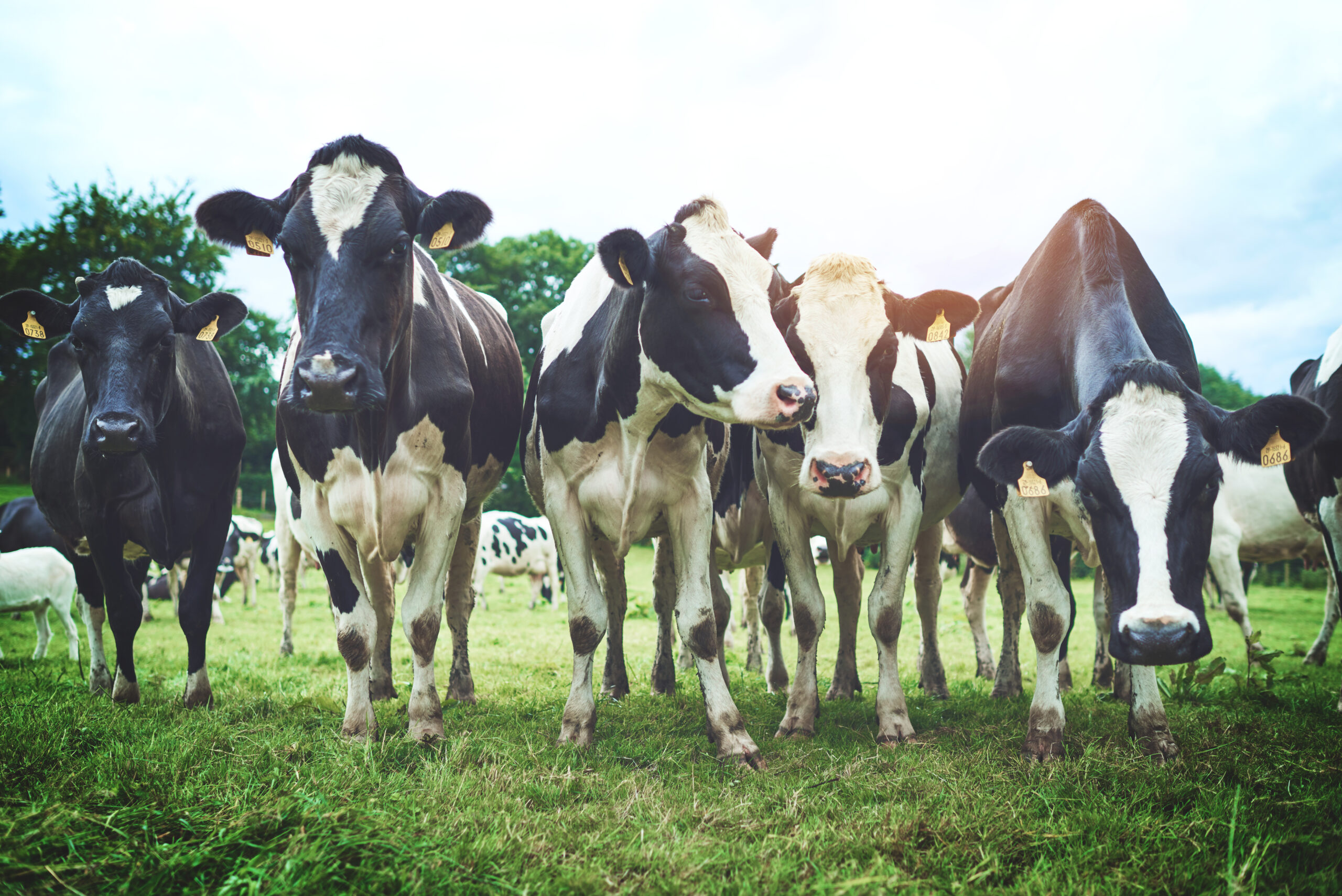In 2016, Redwood City, California-based company, Impossible Foods, took on the billion-dollar meat industry with the debut of their first Impossible Burger, claiming that their vegan patty’s taste and texture is comparable to traditional beef burgers. Now, Impossible Foods is one of the most profitable vegan meat producers in the US with their products being sold in over 1,300 restaurants across the country. In a recent interview with Dairy Reporter, the company shared some of their business strategies, their future endeavors and that magic ingredient that helps them to simulate the taste and texture of meat in their vegan burger.
Surprisingly, according to the company, over 70 percent of Impossible Burger fans are meat eaters. This may be because consumers are starting to add more vegetable protein to their diets and cutting back on meat products. In addition, the company pays a third-party organization to regularly conduct taste tests in which participants are asked to try unbranded samples of the Impossible Burger and a beef burger.
“In the first taste test we did, five years ago, about six percent of people preferred the Impossible Burger. In the latest taste test, about 48 percent preferred the Impossible Burger—and we keep improving. Our goal is to consistently outperform conventional ground beef based on taste and nutrition,” David Lee, COO and CFO for Impossible Foods told Dairy Reporter.
In addition to constantly innovating their products to appeal to consumer preferences, Impossible Burger uses a specific ingredient that helps them to simulate the look, taste and texture of real meat. This ingredient is a molecule called heme, which is highly abundant in the muscle tissues of all animals and the company calls it the molecule that “makes meat, meat.” This molecule is also present in the hemoglobin of blood cells and assists in oxygenating the other cells in the body. In addition, heme is responsible for producing the red color in meat.
“We discovered that heme is the magic ingredient, responsible not just for the bloody taste of meat in its raw form but for the explosion of flavors and aromas when meat is cooked,” Pat Brown, Renowned Geneticist and Founder of Impossible Foods, said in a TED talk.
Impossible Foods sources their heme molecules from leghemoglobin, which is a protein that is found in the nodules of nitrogen-fixing plants such as soy and it has similar functions as myoglobin and hemoglobin. However, extracting leghemoglobin from root nodules alone is not scalable enough for mass production which is why Impossible Foods is producing large quantities of this molecule through yeast that they have genetically engineered to produce leghemoglobin. According to the company, this method produces leghemoglobin while using a fraction of the environmental footprint needed to invest in field-grown soy. In addition, the final heme product contains no live yeast.
However, consumers might be pushed back by the fact the yeast that they use to source leghemoglobin from is genetically modified. In addition, the FDA has yet to confirm the safety of heme as an ingredient because it is not a common ingredient in food products. In 2014, Impossible Foods applied for a GRAS (generally recognized as safe) determination by the FDA which as not given to them, however, the FDA did not label heme as an “unsafe” ingredient. Instead, the FDA responded with a series of questions regarding the safety of consuming this relatively new ingredient as there is no history of humans consuming the root nodules of soy. In response, Impossible Foods withdrew their GRAS determination and invested in conducting food safety tests to prove the safety of their star ingredient. They applied for their second GRAS determination in October 2017 and are waiting for a response.
The company is currently looking to expand its pipeline to other areas of the food industry including the dairy industry but has not yet released any specific details on how they are going to produce their dairy products. In addition, the company plans on doubling the production capacity of their 67,000 square-foot plant in East Oakland by introducing a second shift this summer. Currently, the plant produces 500,000 pounds of plant-based meat per month.
“As we increase production by adding additional shifts and eventually adding more factories, we will be able to sell to retail outlets. We have no announcement about when or if it will be chilled vs. frozen,” Lee told Dairy Reporter.
More recently, Impossible Burger made its first debut outside of the US in Hong Kong with products such as the “Impossible Bao” and “Impossible Chilli Cheese Fries.” They are also eyeing Singapore as another location for their Asian debut. According to Lee, the company’s goal is to provide a range of plant-based products for “every cultural region in the world.”











Join or login to leave a comment
JOIN LOGIN